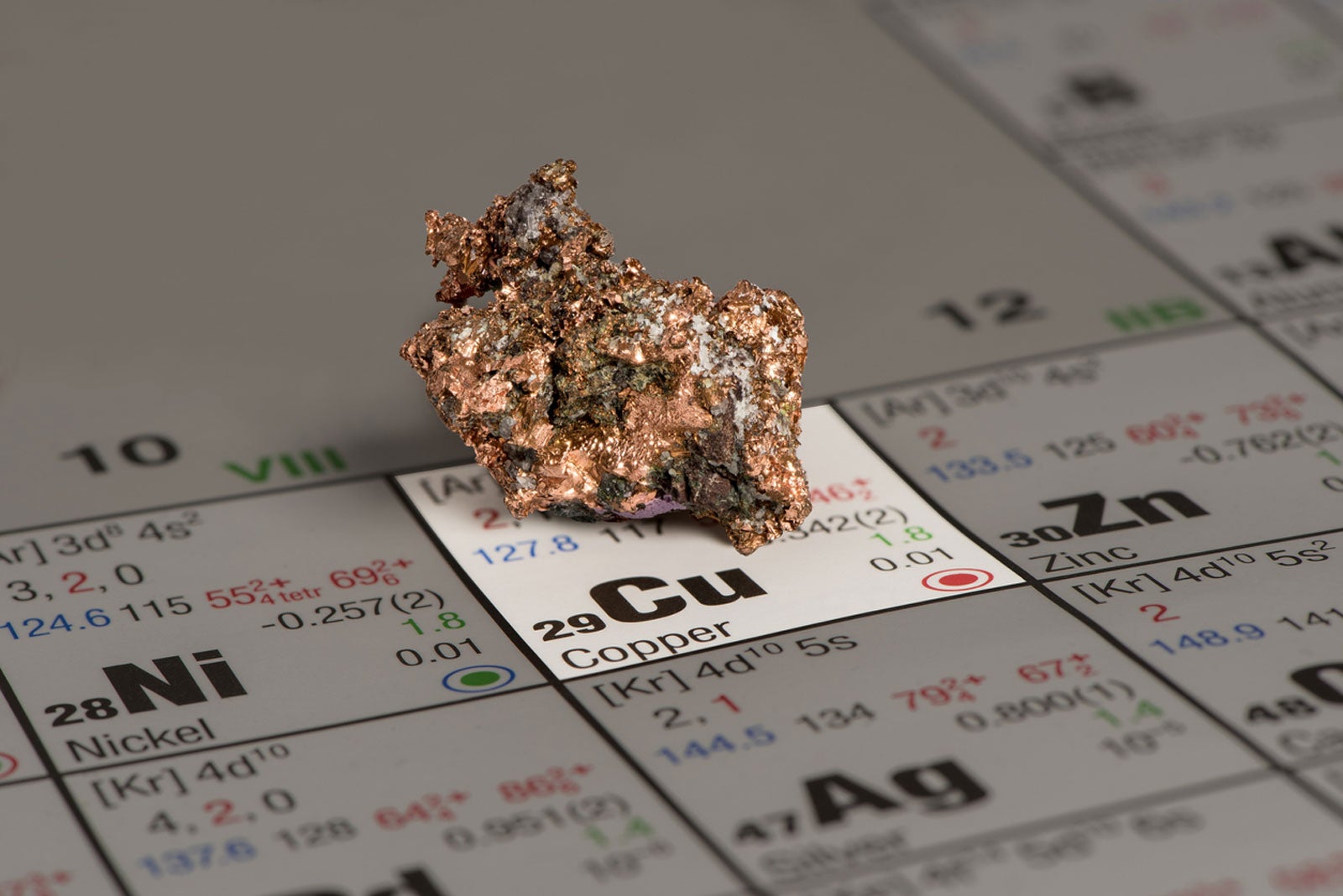Copper And Soil - How Copper Affects Plants


Copper is an essential element for plant growth. Soils naturally contain copper in some form or other, ranging anywhere from 2 to 100 parts per million (ppm) and averaging at about 30 ppm. Most plants contain about 8 to 20 ppm. Without adequate copper, plants will fail to grow properly. Therefore, maintaining fair amounts of copper for the garden is important.
Copper Deficiency in Plant Growth
On average, the two factors that commonly influence copper are the soil pH and organic matter.
- Peaty and acidic soils are most likely to be deficient in copper. Soils that already have high alkaline content (above 7.5), as well as soils that have had pH levels increased, result in lower copper availability.
- Copper levels also drop as the amount of organic matter is increased, which usually hampers the availability of copper by reducing soil mineral fixation and leaching. However, once organic matter has sufficiently decomposed, adequate copper can be released into the soil and taken up by plants.
Inadequate levels of copper can lead to poor growth, delayed flowering, and plant sterility. Copper deficiency in plant growth may appear as wilting with leaf tips turning a bluish green color. In grain-type plants, the tips may become brown and appear to mimic frost damage.
How to Organically Add Copper to Your Garden
When considering how to add copper to your garden, remember that not all soil tests for copper are reliable, so careful examination of the plant growth is important. Copper fertilizers are available in both inorganic and organic forms. The rates for application should be followed closely to prevent toxicity. Generally, the rates of copper are about 3 to 6 pounds per acre (1.5 to 3 kg. per .5 hectare), but this is really dependent on the soil type and plants grown. Copper sulfate and copper oxide are the most common fertilizers for increasing copper levels. Copper chelate can also be used at about one-quarter of the recommended rate. Copper can be broadcast or banded in the soil. It can also be applied as a foliar spray. Broadcasting is probably the most common method of application, however.
Copper Toxicity in Plants
Although soil rarely produces excessive amounts of copper on its own, copper toxicity can occur from the repeated use of fungicides that contain copper. Copper toxicity plants appear stunted, are usually bluish in color, and eventually turn yellow or brown. Toxic copper levels reduce seed germination, plant vigor, and iron intake. Neutralizing copper soil toxicity is extremely difficult once the problem occurs. Copper has low solubility, which enables it to persist in the soil for years.
Sign up for the Gardening Know How newsletter today and receive a free copy of our e-book "How to Grow Delicious Tomatoes".

Nikki Tilley has been gardening for nearly three decades. The former Senior Editor and Archivist of Gardening Know How, Nikki has also authored six gardening books.